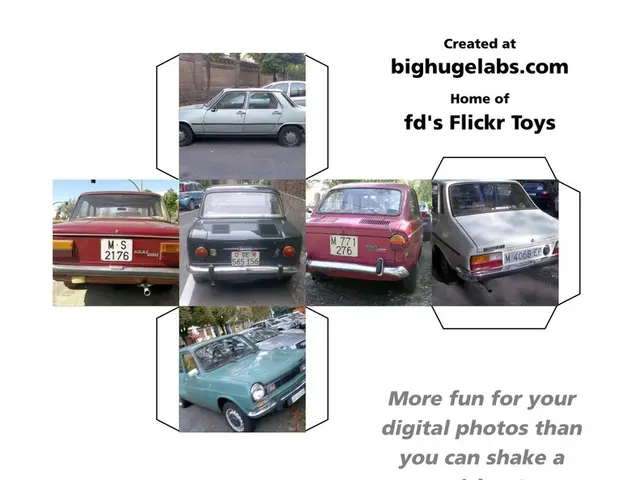The key to effective AI usage: many individuals are applying it incorrectly
In the digital age, artificial intelligence (AI) has become an integral part of our daily lives. This week, I decided to delve deeper into one type of AI interaction that I regularly encounter and apply a structured approach for a full seven days, noting the differences in both the quality of AI responses and the efficiency of my workflow.
The key to effective AI communication lies in the iterative process of refining specific aspects, expanding on particular points, and adapting for different contexts. This approach, when combined with the Specificity Principle - being clear and specific about what is needed - can lead to more accurate and actionable results.
Establishing foundational context before making requests is another crucial factor. By providing AI with a clear understanding of the task at hand and the desired outcome, it can deliver more precise and relevant responses.
Developing templates for common types of requests can further improve AI communication. These templates serve as a blueprint for the AI, ensuring that it understands the nuances of your requests and can deliver responses tailored to your needs.
Data processing and pattern recognition are where AI excels. However, it's important to remember that the sweet spot is collaborative automation - using AI to handle the mechanical aspects while humans focus on strategy, creativity, and decision-making. This symbiotic relationship allows us to leverage the strengths of both AI and human intelligence.
The real transformation in AI is happening in the elevation of human skills, allowing us to focus on higher-level thinking, strategic decision-making, and creative problem-solving. The AI revolution isn't about the technology becoming smarter, but humans becoming more intentional in how they collaborate with these new tools.
Successful AI interaction follows predictable patterns. However, it's essential to remember that most people expect AI to nail it on the first try, but effective AI communication involves progressive refinement. Effective AI automation is about strategic task delegation, not wholesale replacement of human judgment.
Power users quickly learn to identify when AI is giving generic versus genuinely useful responses. They validate these interactions through fact-checking, evaluating alignment with goals and constraints, testing recommendations, and seeking additional perspectives.
Effective AI use is conversational, not transactional. It plans for an iterative process, understanding that refinement and adaptation are key to achieving the best results. The future isn't about humans versus AI or humans replaced by AI, but humans and AI working together.
Power users create continuity by strategically managing context within sessions. They follow the Context-First Approach, defining role, objective clarity, and constraint specification, to ensure that the AI understands the task at hand and can deliver relevant and actionable responses.
The difference between frustrating AI interactions and useful ones comes down to structure. By being clear and specific in our communication, we can harness the power of AI to streamline our workflows and enhance our productivity.
Ramprakash Ramamoorthy, the author of this article, is a testament to this approach. By embracing the power of AI and refining his interaction strategies, he has transformed the way he works, focusing on higher-level thinking and strategic decision-making while leaving the mechanical tasks to his AI partner.
In conclusion, the key to effective AI interaction lies in a structured approach, clear communication, and strategic thinking. By understanding the strengths and limitations of AI, we can harness its power to enhance our productivity and focus on the tasks that truly matter.
Read also:
- BMW's Debrecen Plant Unveiled: Birthplace of the iX3 and New Class Models
- US President Trump and UK Labour Leader Starmer discuss strengthening economic and technological ties between the United States and the United Kingdom.
- Spheron and Nubila Combine Efforts to Equip Climate AI with Web3 Technology
- Stratospheric Blockchain Network Debut by World Mobile and Protelindo








